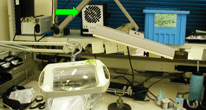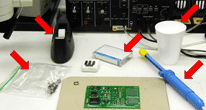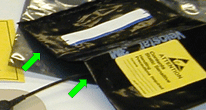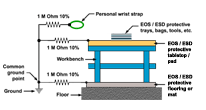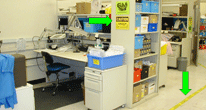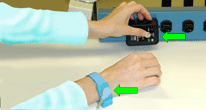GENERAL REQUIREMENTS
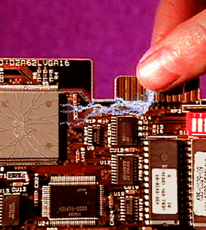
ELECTROSTATIC DISCHARGE (ESD)
GENERAL REQUIREMENTS
Electrostatic Discharge (ESD) is the rapid, uncontrolled discharge and transfer of accumulated electrical charge between two or more bodies at different electrical potentials, often resulting in significant Electrical Overstress (EOS) damage to sensitive electrical/electronic components.
The best prevention program is a combined effort aimed at the prevention and the controlled elimination of static charges, through the practice of proper behavior/procedures, workstation design and layout, environmental controls, tooling and component handling.
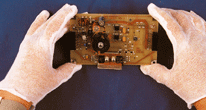
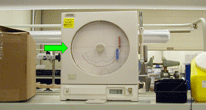
CLOTHING REQUIREMENTS
Non-static generating clothing shall be worn in ESD-protected areas or static dissipative smocks shall be worn as an outer gament. Finger cots and gloves, when worn in an ESD-protected area, shall be made of static dissipate, lint-free, particle-free materials.
NASA-STD-8739.7 [7.7]
HUMIDIFICATION
The relative humidity shall be monitored and maintained in ESD-protected work areas at 30% to 70%. At levels below 30%, additional precautions shall be employed (e.g. air ionizers, humidifiers, etc.).
NASA-STD-8739.7 [7.2.7], [9.2.1.d]
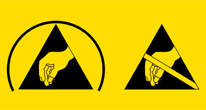
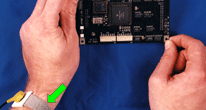
IDENTIFICATION/MARKING
ESDS items, equipment and assemblies shall be identified so as to warn personnel before any ESD damaging procedure can be performed.
NASA-STD-8739.7 [8.5]
PERSONNEL GROUNDING DEVICES
Personnel grounding devices (such as wrist straps) shall be supplied to all personnel working with or handling ESDS items to prevent the accumulation of dangerous electrostatic charge levels.
NASA-STD-8739.7 [7.2.5], [8.3]

